Features of remontant strawberries and strawberries
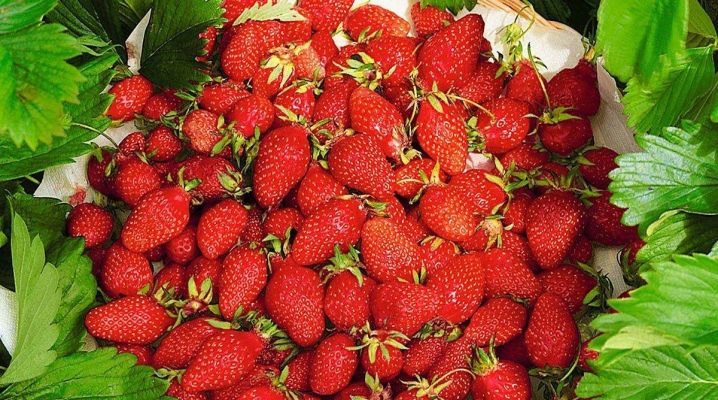
In recent years, remontant strawberry varieties have become increasingly popular among gardeners. This is not surprising, because it gives a harvest of delicious juicy berries two to three times per season. Today we will give a detailed description of this culture, talk about its advantages and disadvantages, the best varieties, as well as the rules of planting and care.
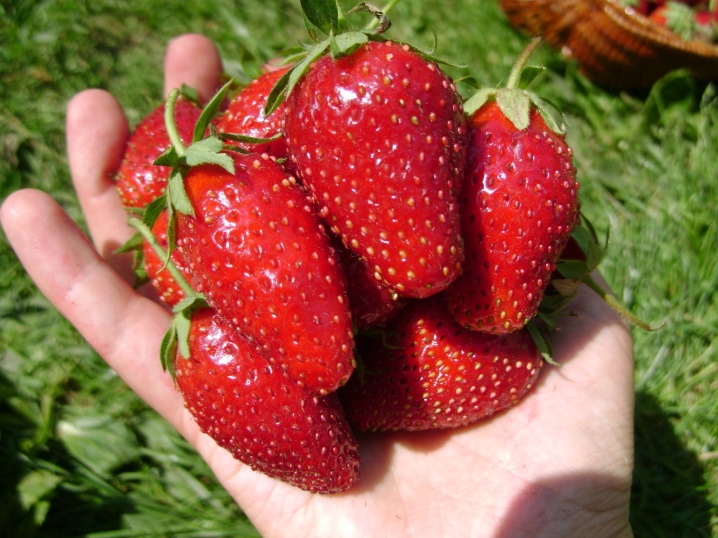
What it is?
Remaining refers to the ability of certain crops to flower and yield several times per season. Some time after the completion of the first fruiting, flower buds form on the branches again, and the second stage of the growing season begins. It is possible to grow remontant strawberries not only in open areas, but also in greenhouses and even on a windowsill.
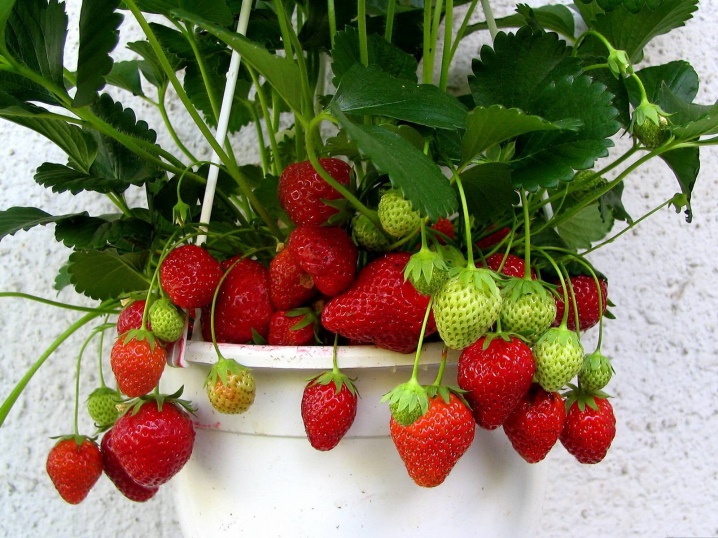
Most of the varieties belong to the group of large-fruited: with a mass of berries from 60 to 100 g. In this case, the berries are formed not only on the parent bushes, but also on young plants. However, the next year, many varieties have smaller fruits. In addition, remontant bushes age quickly.
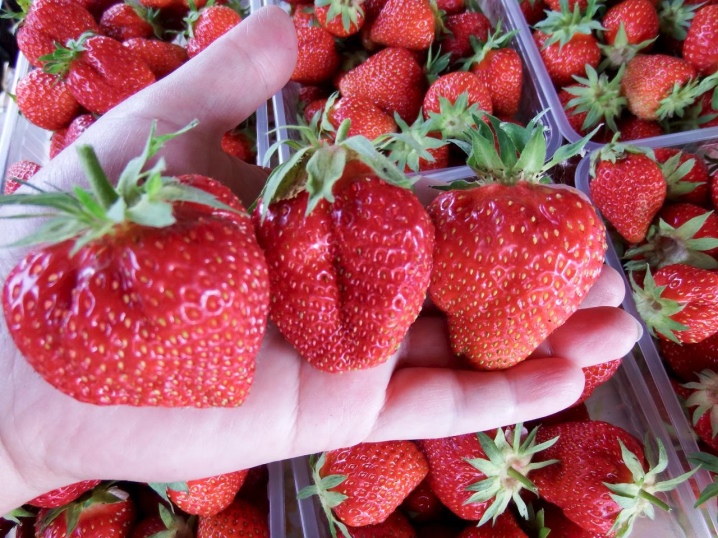
That is why experienced gardeners combine both remontant and traditional varieties on the plantation - this allows you to achieve constant fruiting throughout the season.
Advantages and disadvantages
In traditional strawberries, generative buds are tied at the end of August, therefore, the formation of berries begins in the first half of the summer of the next season. Thus, daylight hours in the process of development are decreasing. These plants are classified as short daylight hours (KSD).
Budding in remontant species occurs differently.
- Continuous - this strawberry is classified as neutral daylight hours (NDL).
- Wave-like - fruiting occurs two to three times during the growing season according to the increasing level of illumination. Accordingly, such plants are classified as long daylight hours (LDS).
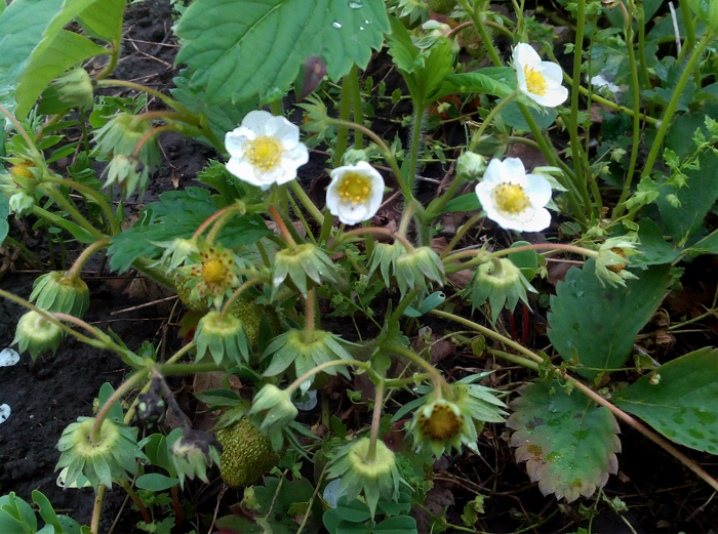
Strawberries NSD have many advantages over traditional garden strawberries and other remontant species. These bushes give a rich harvest several times a year, and the berries grow large, juicy and very sweet. The pluses of strawberry DSD include the possibility of adjusting the stages of yield. For example, if you remove all peduncles at an early wave, you can significantly increase fruiting on the next wave at the end of summer.

However, remontant plants spend too much energy on the formation of fruits and bringing them to ripeness, so the garden bed requires constant rejuvenation and renewal.
The question of which garden strawberry is preferable: ordinary or remontant is a controversial one and does not have an unambiguous answer. Long-term fruiting requires careful care of crops: timely fertilization, irrigation and renewal of old bushes. In addition, such bushes require mandatory shelter for the winter, otherwise there is a high risk of freezing and death of peduncles. That is why traditional varieties are grown in most of our country. This is especially convenient for owners of summer cottages, who, due to their busyness, can take care of the berry plant only on weekends and during holidays.
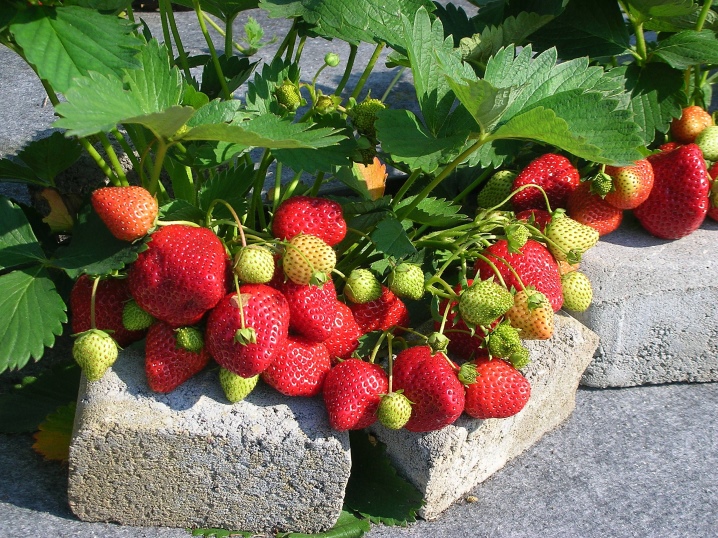
Types and varieties
All remontant varieties of strawberries are divided into three groups.
- Beardless - usually large-fruited hybrids, reproduce by dividing the bush or by seeds.
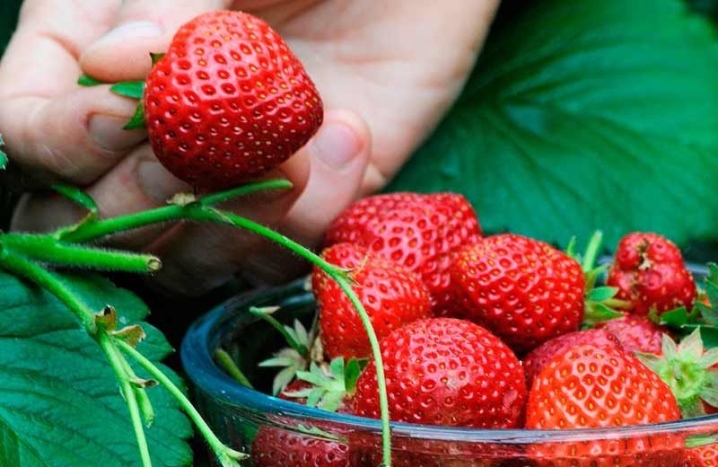
- Littlesaya - gives a minimum of mustache, as a rule, only in the first year of life.
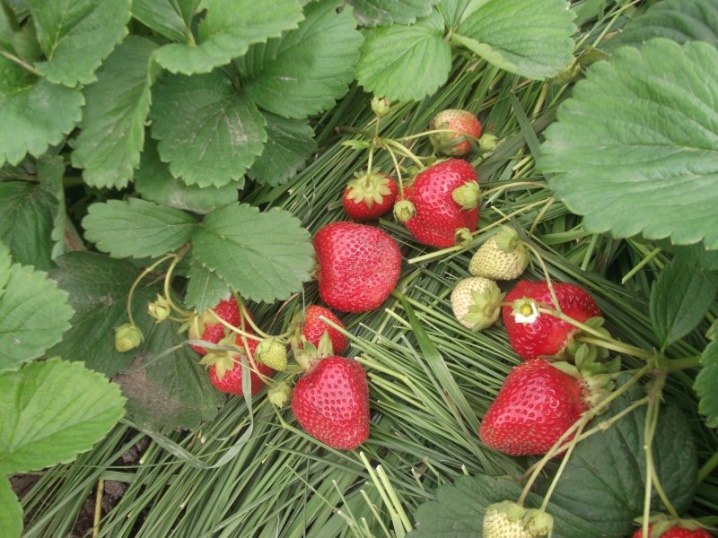
- Whiskered - it multiplies quickly by vegetative methods, but for full fruiting requires the timely removal of all daughter outlets.
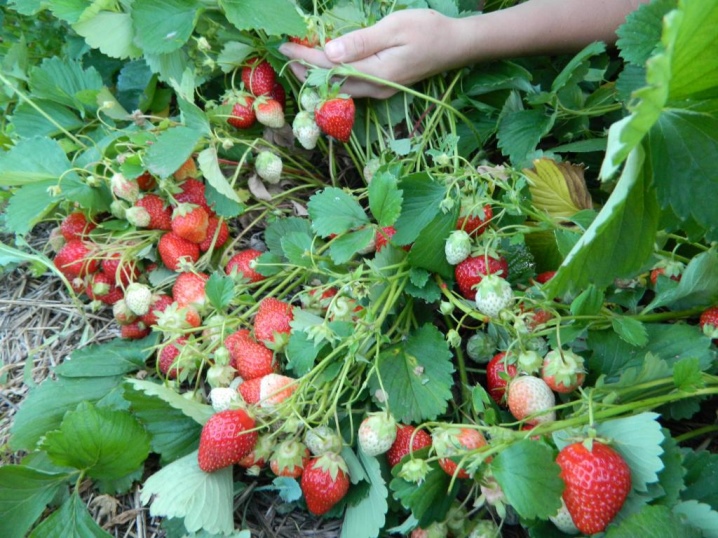
Among the most common types of remontant strawberries, the following are distinguished.
- "Elizabeth II" - a large-fruited plant with high marketable and exceptional taste characteristics. In the southern regions, where spring warmth comes early, the first harvest can be harvested at the end of spring. The average fruit weight is 50-60 g; when grown under favorable conditions, some specimens grow up to 110 g.
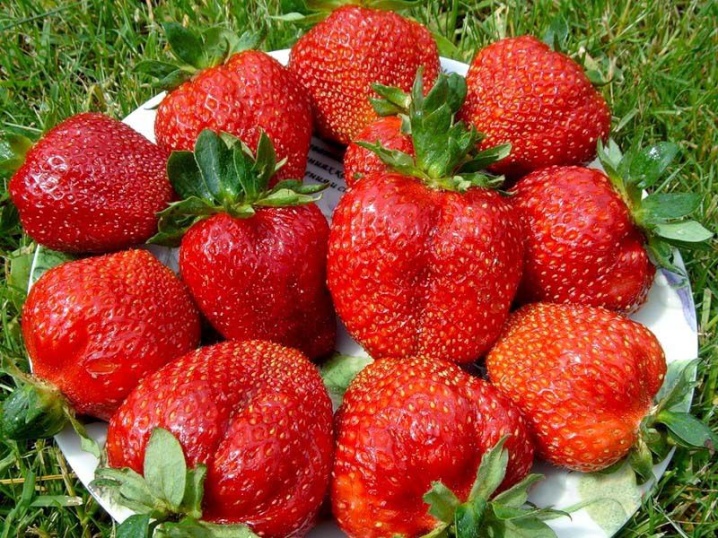
- "Grandian F1" - a hybrid variety of the first generation, gives juicy berries weighing 30-50 g. Sweet taste, with nutmeg aroma, juicy but firm flesh. Like all hybrids, it is resistant to fungal and bacterial diseases and increased productivity. Each adult plant can develop up to 20 berries with a total weight of up to 1.5 kg.

- "Moscow delicacy" - small-fruited variety with powerful bushes. The size of one fruit is 15–20 g. The variety is popular due to its unusual aftertaste with pronounced cherry notes.

Strawberries are unpretentious, withstand frost and prolonged drought well.
- "Diamond" - large-fruited variety with spreading bushes. It is optimal for areas where it is possible to take a lot of space under the berry, since at the stage of the active phase of the ovary of the berries, the plants begin to release a mustache. The fruits are bright red, keep quality and can be stored for a long time. However, for many summer residents, this is rather a disadvantage, since the density of the berries does not give the expected softness when eaten fresh.
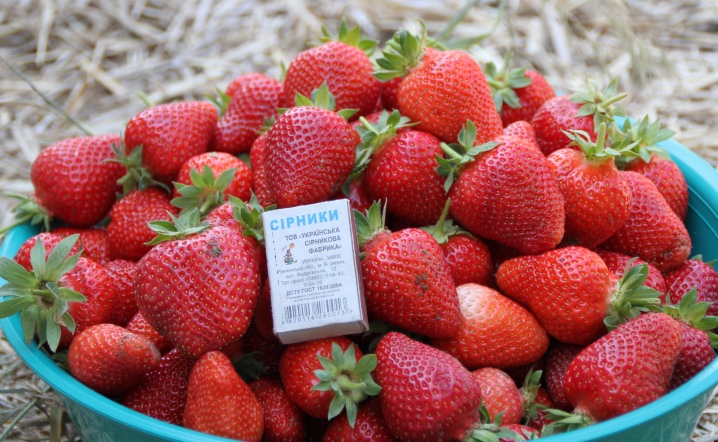
- "Albion" - a hybrid variety, the plant sets the first fruits already a year after planting. Fruiting peaks occur in the last decade of May, early July, the last decade of August and mid-October. It is a highly productive crop and is resistant to drought and fungal infections such as gray mold and anthracnose. Each bush can ripen from 500 g to 2 kg of delicious berries.
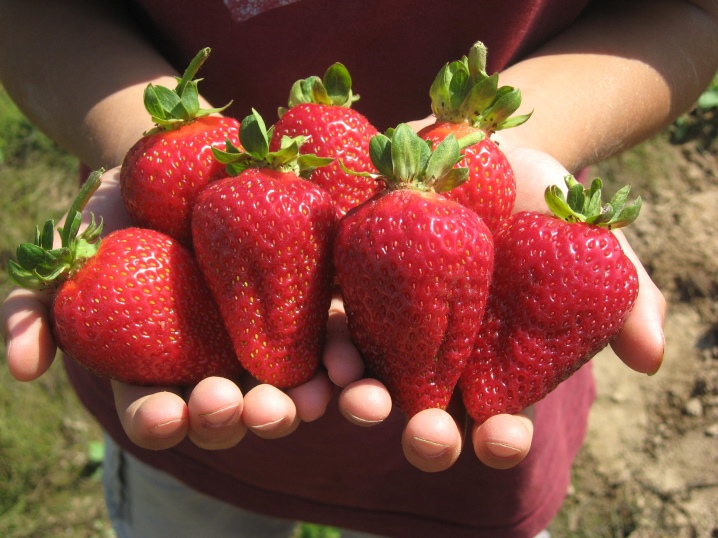
- "Ostara" - the variety is distinguished by unpretentious care, coupled with high productivity. The plant gives a large number of peduncles, the very first fruiting occurs in the first half of June. The berries are large, weighing 20–25 g, but the second harvest is usually smaller. The pulp is juicy, soft and tender, so the keeping quality of the fruit is extremely low.

- "Everest" - a remontant variety with low formation. The berries are large, weighing 25–30 g. The pulp is purple, dense, and therefore often grown for trade.
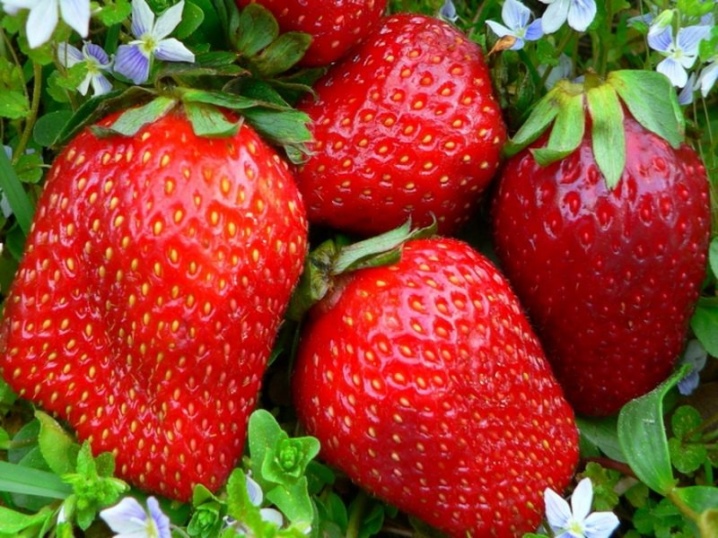
- "Portola" - remontant strawberries of American breeders. Large-fruited high-yielding variety. Each berry grows up to 60-70 g, the taste is sweet, without sourness.
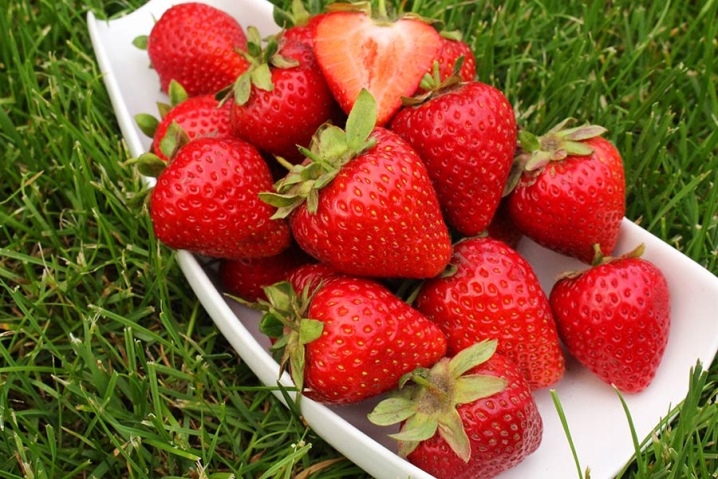
- "Profusion" - The main advantage of this variety is the continuity of fruiting from June to October. The crop is characterized by increased productivity, berry weight - 45-50 g, resistance to fungi and garden pests.
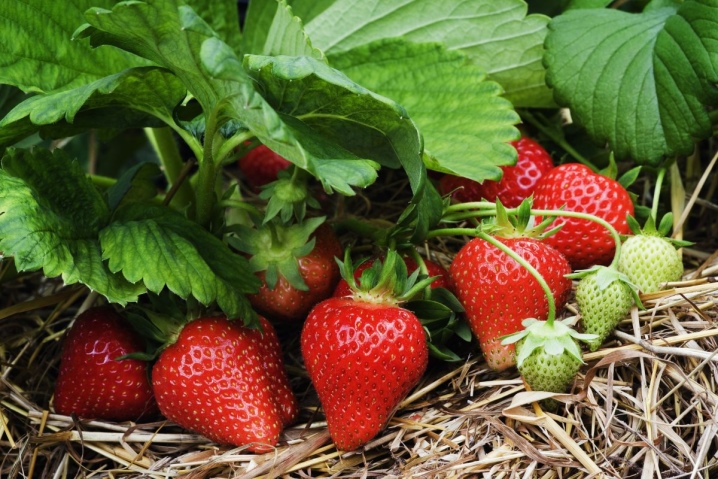
- "Cesan" - remontant strawberry, bred specifically for areas of risky farming (North-West Russia and the Urals). Forms a lot of whiskers, which begin to bloom and bear fruit in the same year. Has a decorative look.
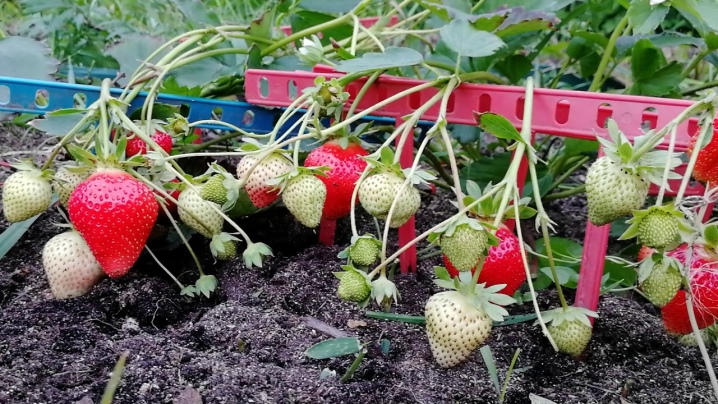
- "Sasha" - bushes of such strawberries resemble a small ball. The berries are sweet, without sourness. If all the rules of agricultural technology are observed, up to 1.5-2 kg of berries can be harvested from each bush. The pulp is dense, optimal for freezing and all processing.
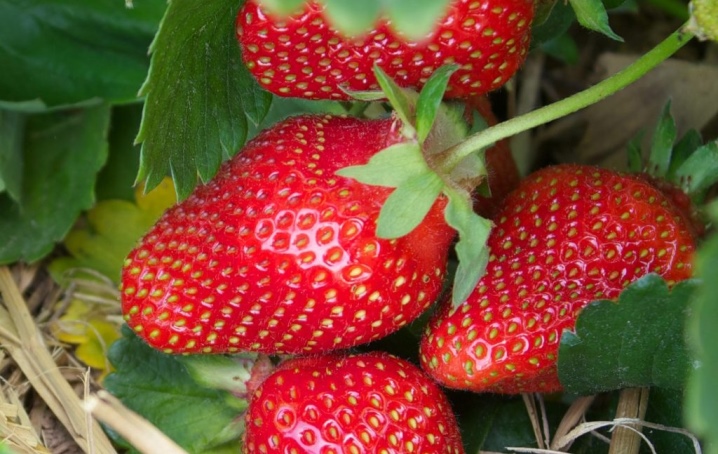
- "Yellow miracle" - a variety with pale yellow fruits that do not attract birds. According to its taste and aroma characteristics, many gardeners put the "Yellow Miracle" far ahead of all red-fruited varieties of remontant strawberries. The yield is abundant.
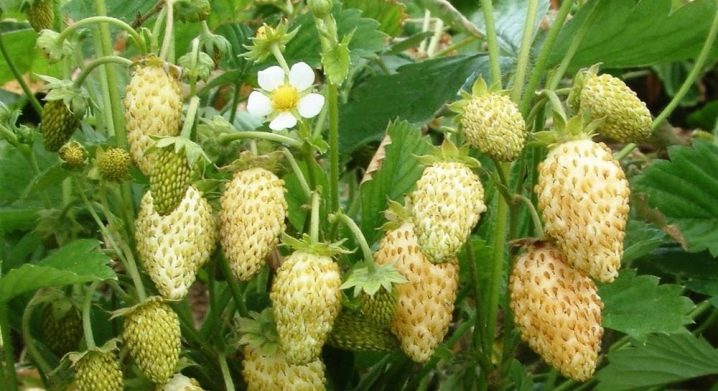
- Taste: sweet and sour
- The size: medium
- Weight: up to 8 g
- Yield rate: high
- Yield: 300 gr per bush
- Repairability: Yes
- Taste: sweet with sourness
- The size: small
- Weight: 3 - 5 g
- Yield rate: high
- Yield: 0.4-0.5 kg per bush
- Repairability: Yes
- Taste: sweet, but not cloying, with a spicy sourness
- The size: large
- Weight: 30-50 gr
- Yield rate: high
- Yield: 1-2 kg per bush
- Repairability: Yes
- Taste: sweet and sour
- The size: large
- Weight: 25-35
- Yield rate: very high
- Yield: 11.0-12.0 t / ha
- Repairability: Yes
- Taste: sweet
- The size: large and medium
- Weight: 25 g
- Yield rate: high
- Repairability: Yes
- Ripening terms: medium
- Taste: dessert
- The size: small
- Weight: 3-5 gr
- Yield: 1 kg per bush
- Repairability: Yes
- Ripening terms: early
- Taste: sweet with original pineapple flavor
- The size: large
- Weight: up to 50-70 gr
- Yield rate: high
- Yield: 2 kg per m2
- Repairability: Yes
- Taste: sweet, refreshing, caramel aftertaste
- The size: large and medium
- Weight: 30-40 gr
- Yield rate: high
- Yield: up to 1.5 kg per bush
- Repairability: Yes
- Taste: sweet
- The size: large
- Weight: 30-40
- Yield rate: high
- Yield: 1.5-2 kg per bush
- Repairability: Yes
- Taste: sweet
- The size: large
- Weight: up to 45 g
- Yield rate: high
- Yield: up to 0.8 kg per bush, 10-15 t / ha
- Repairability: Yes
- Taste: sweet with hints of apricot
- The size: large
- Weight: 30 g
- Yield rate: very high
- Repairability: Yes
- Ripening terms: early
- Taste: spicy
- The size: large
- Weight: 30 g
- Repairability: Yes
- disadvantages: sensitive to waterlogging
- Appointment: fresh consumption, processing (juice, jam, jam, etc.)
- Taste: sweet and sour, rich
- The size: medium and large
- Weight: up to 50 g
- Yield rate: high
- Yield: up to 1 kg per bush
- Repairability: Yes
- Repairability: Yes
- Berry color: Red
- Amplitude: Yes
- Berry shape: elongated
- Scent: pronounced
- Transportability: Yes
- Taste: pleasant and gentle, recognized as the best among remontant varieties
- The size: large
- Weight: 30-32 gr
- Yield rate: high
- Yield: 1 kg per bush
- Repairability: Yes
- Taste: sweet and sour
- The size: medium or small
- Weight: 20 g
- Yield rate: high
- Yield: up to 0.4 kg
- Repairability: Yes
- Taste: rich strawberry, very sweet
- The size: small
- Weight: up to 10 g
- Yield: up to 1000 berries per bush
- Repairability: Yes
- Ripening terms: early
- Taste: sweet
- The size: large
- Weight: 25-30 gr
- Yield: 0.1-0.15 kg per bush
- Repairability: Yes
- Ripening terms: early
- Taste: dessert
- Weight: 23 g
- Yield rate: high
- Repairability: Yes
- Ripening terms: medium
- Appointment: fresh consumption, processing (juice, jam, jam, etc.)
- Taste: gentle
- The size: large
- Weight: 25-30 gr
- Yield rate: high
- Repairability: Yes
- Ripening terms: mid-early
- Taste: sweet
- The size: large or medium
- Weight: 30 g
- Yield rate: high
- Yield: 1.5 kg per bush
- Repairability: Yes
- Taste: sweet
- The size: large
- Weight: 32 g
- Yield: 1.5-2 kg per bush
- Repairability: Yes
- Advantages: prolonged storage
- Taste: sweet with a slight sourness
- The size: large
- Weight: 35 g
- Yield rate: high
- Yield: 2 kg per bush
- Repairability: Yes
- Taste: sweet
- The size: large
- Weight: 20-30 gr
- Yield rate: high
- Repairability: Yes
- Ripening terms: early
- Taste: dessert, sweet
- The size: large
- Weight: 40 -70 gr
- Yield rate: high
- Yield: 2 kg per bush, 35 t / ha
- Repairability: Yes
- Taste: dessert
- The size: very large
- Weight: 40-50 gr
- Yield rate: very high
- Yield: 1.7 kg per bush
- Repairability: Yes
- Taste: sweet
- The size: large
- Weight: 30-50 gr
- Yield: 2.5 kg per bush
- Repairability: Yes
- Appointment: universal
- Taste: sweet
- The size: very large
- Weight: 25-30 gr
- Repairability: Yes
- Ripening terms: ultra early
- Appointment: fresh consumption, processing (juice, jam, jam, etc.), deep freezing
- Taste: sweet
- The size: large
- Weight: 20-25 gr
- Yield rate: very high
- Yield: up to 1.5 kg per bush
- Repairability: Yes
- Taste: sweet with sourness
- The size: large
- Weight: 35-40 gr
- Yield rate: high
- Yield: from 0.8 to 1 kg per bush
- Repairability: Yes
- Taste: sweet and sour
- Weight: up to 25 g
- Yield rate: high
- Yield: up to 1.5 kg per bush
- Repairability: Yes
- Ripening terms: ultra early
- Taste: sweet
- The size: large
- Weight: medium 27-50 g, maximum 45 - 50 g
- Yield rate: high
- Yield: more than 1 kg per bush
- Repairability: Yes
- Taste: sweet, nutmeg
- The size: large
- Weight: 40-60 gr
- Yield rate: medium
- Yield: up to 0.85 kg per bush
- Repairability: Yes
- Taste: sweet with sourness
- The size: large
- Weight: 25-30 gr
- Yield rate: high
- Repairability: Yes
- Ripening terms: medium
- Taste: sweet
- The size: large
- Weight: 70-90 gr
- Yield rate: high
- Yield: up to 2.5 kg per bush
- Repairability: Yes
- Taste: super sweet
- The size: large
- Weight: 30-40 gr
- Yield rate: high
- Yield: up to 1 kg per bush
- Repairability: Yes
- Taste: sweet
- The size: large
- Weight: up to 30-40 g
- Yield rate: high
- Yield: 500-2000 gr per bush
- Repairability: Yes
- Taste: rich, with a combination of sugar and acid
- The size: large
- Weight: 35-40 gr
- Yield rate: high
- Yield: 0.5-0.7 kg per bush
- Repairability: Yes
- Taste: sweet
- The size: large
- Weight: 20-25
- Yield rate: high
- Yield: 1 kg per 1 bush
- Repairability: Yes
- Taste: sweet with sourness
- The size: large
- Weight: 20-75 gr
- Repairability: Yes
- Ripening terms: mid-late
- Appointment: universal
- Taste: distinct pineapple flavor
- The size: small
- Size, cm: 1.5-2.5cm in diameter
- Weight: up to 30 g
- Yield rate: high
- Repairability: Yes
- Taste: harmonious
- The size: large
- Weight: 35-45 gr
- Yield: 1-2 kg per bush
- Repairability: Yes
- Advantages: long shelf life
- Taste: sweet
- The size: small
- Weight: up to 10 g
- Yield rate: high
- Yield: 1 kg per bush
- Repairability: Yes
- Taste: sweet
- The size: large
- Weight: 25-30 gr
- Repairability: Yes
- Ripening terms: early
- Description of the bush: compact
- Taste: sweet
- The size: large
- Size, cm: diameter up to 8 cm
- Weight: up to 50 g
- Repairability: Yes
- Ripening terms: late
- Taste: sweet
- The size: small
- Size, cm: length - 1.5-2 cm
- Weight: up to 7 g
- Yield rate: high
- Yield: 2.5 kg from 1 m2
- Taste: dessert
- The size: small
- Weight: 4-6 gr
- Yield rate: high
- Yield: 1 kg per bush
- Repairability: Yes
- Taste: sweet with sourness
- The size: large
- Weight: 25-30 gr
- Yield rate: medium
- Yield: 1 kg per bush
- Repairability: Yes
- Taste: sweet
- The size: large
- Weight: 35-50 gr
- Yield rate: high
- Yield: 2 kg per bush
- Repairability: Yes
- Taste: sweet
- Weight: 3-4 gr
- Yield rate: high
- Repairability: Yes
- Ripening terms: early
- Appointment: fresh consumption, processing (juice, jam, jam, etc.)
- Taste: sweet
- The size: large
- Weight: 25 g
- Yield rate: high
- Yield: 1-2 kg per bush
- Repairability: Yes
- Taste: sweet
- The size: large
- Size, cm: 10-15 cm
- Weight: up to 50 g
- Yield rate: very high
- Yield: up to 2.6 kg per bush
- Taste: sweet and sour
- The size: large
- Weight: 30-60 gr
- Yield rate: high
- Yield: more than 1 kg per bush
- Repairability: Yes
- Taste: sweet
- The size: large and very large
- Weight: 15-30 gr
- Yield rate: medium
- Repairability: Yes
- Appointment: universal
- Taste: sweet
- The size: average
- Weight: 35 g
- Yield: 1 kg per bush
- Repairability: Yes
- Description of the bush: short, squat
- Taste: sweet
- The size: average
- Yield rate: high
- Repairability: Yes
- Ripening terms: early
- Appointment: fresh consumption, processing (juice, jam, jam, etc.)
- Taste: dessert
- The size: large
- Size, cm: length - 3 - 4 cm
- Weight: 25-30 gr
- Yield rate: high
- Yield: up to 2 kg per bush
- Taste: sweet
- The size: average
- Weight: 20-25 gr
- Yield rate: high
- Repairability: Yes
- Appointment: universal
- Taste: sweet, raisin
- The size: very large
- Weight: 80-100 gr
- Repairability: Yes
- Ripening terms: medium
- Advantages: well kept
- Taste: sweet
- The size: medium and large
- Weight: 35-40 gr
- Yield rate: high
- Yield: 0.75-1 kg per bush
- Repairability: Yes
- Taste: pleasant dessert
- The size: average
- Weight: 19-22 g
- Yield rate: high
- Repairability: Yes
- Ripening terms: early
- Taste: sweet
- The size: large
- Weight: 35-40 gr
- Yield rate: high
- Repairability: Yes
- Ripening terms: early
- Taste: sweet
- The size: large
- Size, cm: diameter 2-3 cm
- Weight: 25 g
- Yield rate: high
- Yield: 0.8-1.3 kg per bush
- Taste: sweet and sour
- The size: large
- Weight: 35 g
- Yield rate: high
- Yield: from a bush 1.0-1.5 kg
- Repairability: Yes
- Taste: sweet
- The size: very large
- Weight: 50 gr
- Yield rate: high
- Yield: 1 kg from a bush, 200 kg from a hundred
- Repairability: Yes
- Taste: honey sweet
- The size: large
- Weight: 50-70 gr
- Yield rate: high
- Yield: up to 2 kg per bush
- Repairability: Yes
- Taste: nutmeg
- The size: average
- Weight: from 20 g
- Yield: from 0.7 kg to 1.2 kg per bush
- Repairability: Yes
- Appointment: universal
- Taste: sweet and sour
- The size: large
- Weight: 20-40 g
- Yield rate: very high
- Yield: 1-1.5 kg per bush
- Repairability: Yes
- Taste: sweet and sour
- The size: average
- Weight: 15-25 gr
- Yield rate: high
- Yield: 5.5 kg / m2
- Repairability: Yes
- Taste: dessert
- The size: large
- Weight: from 20 g
- Yield rate: high
- Yield: 1-2kg per bush
- Repairability: Yes
- Taste: very sweet with a pleasant strawberry aftertaste
- The size: large
- Weight: from 30 to 60 g
- Yield rate: high
- Yield: 1-2 kg per bush
- Repairability: Yes
Landing
A repair crop must be planted on fertile soil with a slightly acidic or neutral reaction. The soil must have a loose structure, otherwise it will not provide sufficient air and water permeability. The site should be well lit throughout the day, planting in the shade of trees, fences and buildings is not recommended. The best precursors are parsley, legumes, and garlic.
The site must be prepared in advance. To do this, it is dug to the depth of a shovel bayonet, humus is introduced with crushed wood ash, and the roots of weeds are removed. To increase fertility, potassium sulfate and superphosphate are additionally introduced.
You can plant strawberries both in spring and in autumn - the planting technology does not change from this. However, it must be borne in mind that the spring planting can be done only after the earth has warmed up enough, the risk of recurrent frosts is completely avoided.
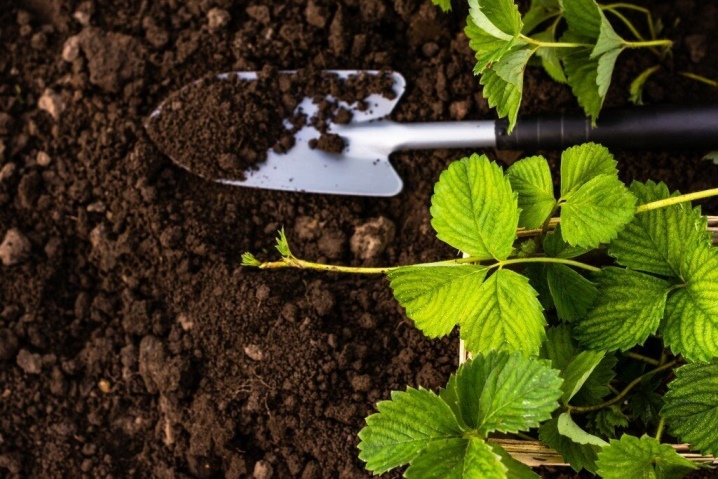
In autumn, work is carried out in September so that the bushes take root before the arrival of cold weather.
Repaired strawberries are planted using the carpet method according to the scheme of 20x20 cm. For ordinary cultivation, a distance of 20-30 cm is left between the holes, the row spacing is 50-70 cm. Planting seedlings is carried out according to the scheme described below.
- In the prepared area, holes are formed, they are carefully spilled with water and the bush is transplanted along with a lump of earth.
- Strawberries are sprinkled with earth so that the hearts are located above its surface. The roots in the fossa should not bend.
- The earth in the near-trunk circle is carefully compacted and well watered.
- The soil is covered with mulch to retain moisture.

Care
Care is of great importance for the growth and development of plants. If it is unsystematic, it can lead to reduced yields and even the death of plantations.
Watering
After planting, remontant strawberries require a lot of water, so watering should be done every day. But at the same time, make sure that no stagnation of water is created, otherwise the roots will rot, the plant will die. When the seedlings take root, the frequency of watering is reduced. It is best to use a drip type of irrigation, if this is not possible, you can use a watering can with a splitter. Water must be poured directly under the root, avoiding drops on the peduncles and the outlet.
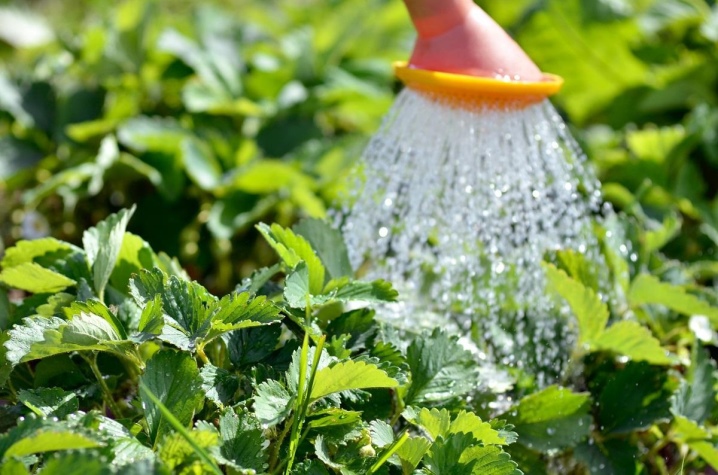
Top dressing
It is impossible to get a crop several times per season if the plants are deficient in useful microelements. Repaired strawberries require increased soil fertility, so the berry should be fed regularly.
- Immediately after the snow melts, nitrogen-rich urea is introduced. or organic. Such fertilizers contribute to the active growth of vegetative mass.
- At the stage of bud formation, phosphorus-potassium complexes are more relevant.
- After the last fruiting, it is better to use ready-made mineral fertilizers marked "autumn", they contain a guaranteed set of minerals necessary to prepare plants for the dormant period.
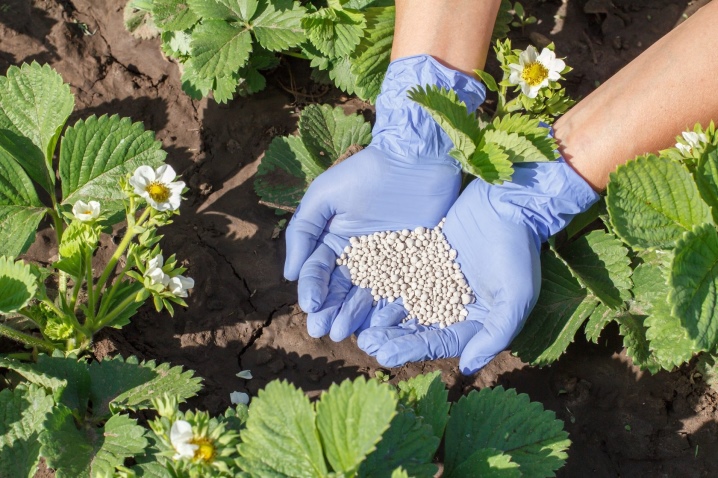
Pruning
After the first fruiting, it is necessary to prepare the strawberries for the second stage of fruit formation. To do this, the leaves are carefully trimmed, trying not to harm the flower buds. However, in some varieties of remontant strawberries, berries are formed on the rosettes of the mustache - in this case, the leaf plates must be preserved.
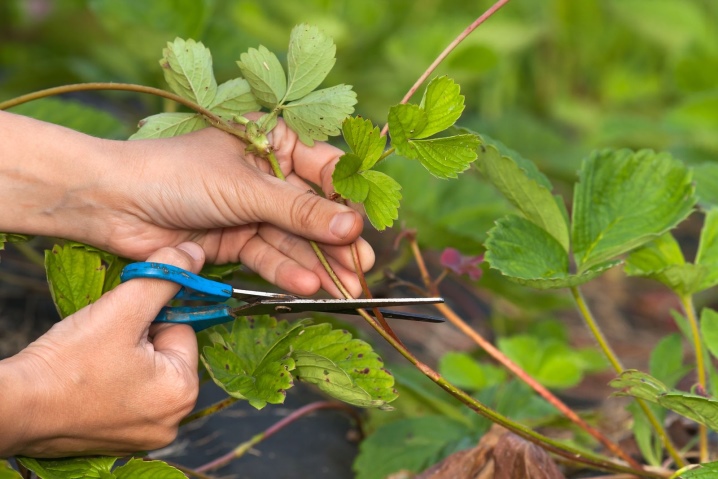
Preparing for winter
With the arrival of autumn, the number of waterings is gradually reduced and sanitary pruning is carried out. At the same time, preventive treatment is carried out in order to protect the culture from the development of pathogenic microorganisms in the next season. To do this, you can use any fungicidal preparation with exact dosage compliance.
Be sure to give the remontant strawberries the opportunity to survive the first couple of frosts - only after that you can cover them with agrofibre. Weak first frosts will not cause much harm to her, but they will allow the formation of strong immunity and resistance to cold weather.
Plain strawberries are transplanted every 3-4 years. With remontant, the depletion of the earth occurs after one or two years - this leads to the crushing of the berries. In this case, you have to transfer the berry to a new place. This work is performed at the end of August so that the bushes can adapt to new conditions and fully prepare for frost.
For this you need:
- thoroughly dig a new area to a depth of 20 cm and remove all weed roots;
- apply fertilizers at the rate of 30 g of superphosphate and 10 kg of humus per square meter;
- then the site must be buried and left for 10-15 days;
- after that, it remains only to dig new holes, transplant the bushes into them using the transshipment method and properly huddle the garden;
- the new berry is thoroughly watered and mulched.
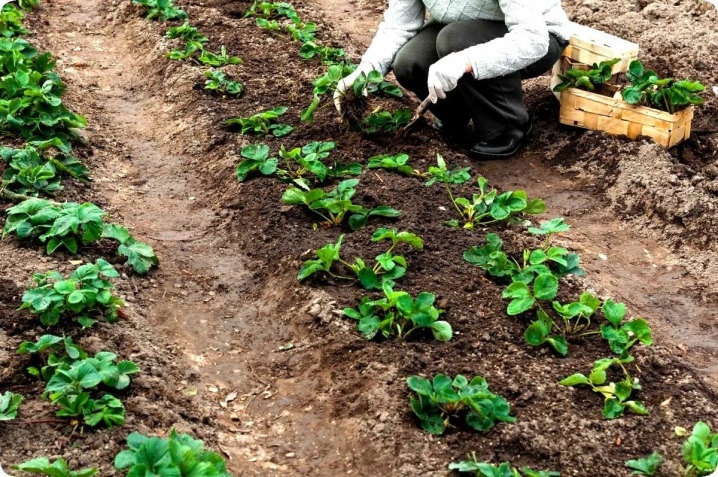
It happens that remontant strawberries do not bear fruit. To understand how to help a plant, you need to find out the reasons for low yields.
- Degeneration. The lifespan of remontant plants is short. After about three years, the bushes stop forming flowers and bearing fruit, so it is advisable to update the berry every two years.
- Transplanting too late. If you transplant a plant into open ground too late in the fall, then it will not have time to adapt to winter frosts. As a result, the bushes will look weak and the berries will become too small.
- Excessive deepening when planting. This is becoming one of the most frequent factors in the sharp decline in the number of berries.
- Nitrogen deficiency. Causes a decrease in the green mass of plants. An effective preventive measure in this case will be the spilling of the berry with a weak solution of ammonia.
- Lack of illumination. It causes weakening of the bushes and, therefore, provokes a decrease in fruiting.
Another common cause of poor yields of remontant strawberries is late return frosts in late spring. To avoid adverse effects, it is advisable to keep strawberries covered with agrofibre at the beginning of the month.
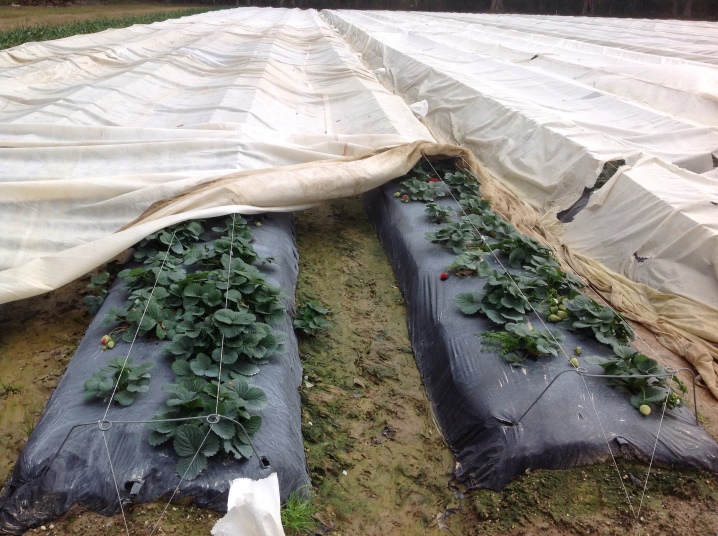
Reproduction methods
If you want to get planting material, you can independently grow strawberries from seeds. Seedlings are planted in late February - early March. To do this, you need to prepare a soil mixture of humus and peat, pour it abundantly and mix so that there are no lumps left.
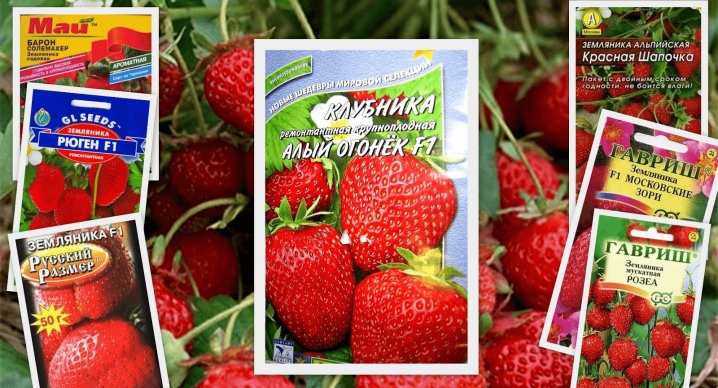
Sowing work involves several steps.
- The container is filled with fertile soil mixture and the planting material is evenly distributed, and the top is covered with a thin layer of river sand or dry soil.
- Slightly sprayed from a spray bottle, covered with glass or film and placed in a warm, bright place.
- Before the first shoots appear, the shelter is removed for an hour a day for airing.
- Usually, at a temperature of 18-22 degrees, seedlings appear after 2 weeks. As soon as the shoots hatch, the shelter is immediately removed. The container is moved to a well-lit place or artificial lighting with phytolamps is organized.
- As soon as the seedlings have a pair of true leaves, they make a dive into individual containers.
- Quenching should be started two weeks before planting in open areas. To do this, the seedlings are taken out into the fresh air: they start at one hour and gradually increase the duration of their stay outside.
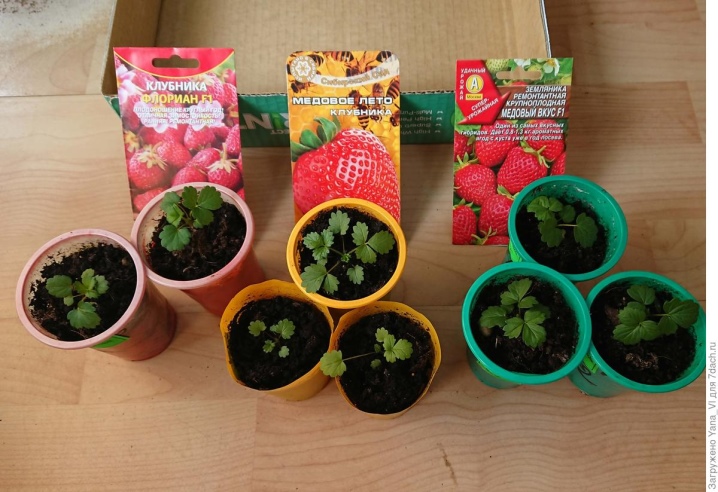
The method of growing strawberries from seeds is laborious, which is why gardeners often use vegetative techniques. They are productive and allow you to fully preserve all the starting characteristics of the mother plant.
Mustache
In order to propagate remontant strawberries, it is necessary to cut off the antennae of the second tier. At the same time, it is important to preserve the first sockets without separating them from the parent instance. While they are growing green mass, the soil around them should be weeded and irrigated regularly. The separation is carried out 7-10 days before the transfer of a young bush to a permanent site.

By dividing the bush
Reproduction by dividing the bush is resorted to if it is necessary to transplant strawberries to a new place or if there is not enough planting material. Well-developed strong specimens 2–3 years old with highly developed roots are taken as a basis. The procedure is carried out in spring or autumn.

Diseases and pests
The most common diseases of garden strawberries include:
- powdery mildew;
- mottling;
- root rot;
- black rot;
- gray and white rot;
- mosaic.
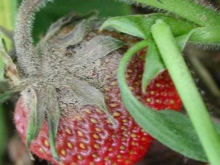
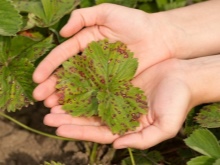
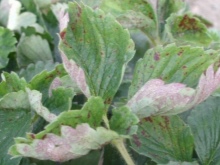
Insects are another problem:
- aphid;
- penny;
- ants;
- spider mite;
- strawberry nematode;
- strawberry weevil;
- slugs.

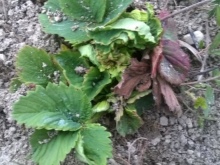
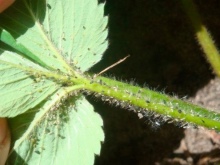
The most effective way to control pests is prevention. It involves the regular replanting of strawberry bushes and the obligatory planting in the aisles or along the perimeter of plants with a pungent smell - most often used in marigolds. They will not only drive away the pest, but also decorate the garden.
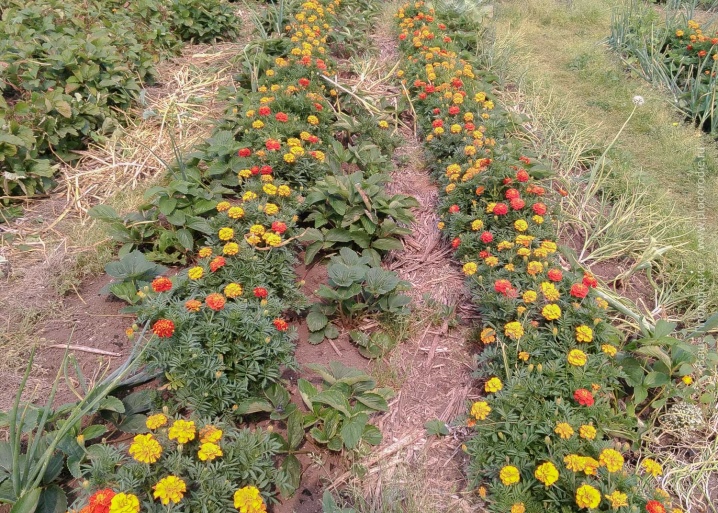
In case of defeat, all diseased fragments must be removed and must be burned. This will avoid spreading the problem.
In autumn, after fruiting, and in spring, immediately after the snow melts, they are treated with a solution of Bordeaux liquid. You can use fungicides only after the second fruiting, otherwise the toxins will not have time to be removed from the organs and tissues - the use of such fruits is fraught with poisoning.
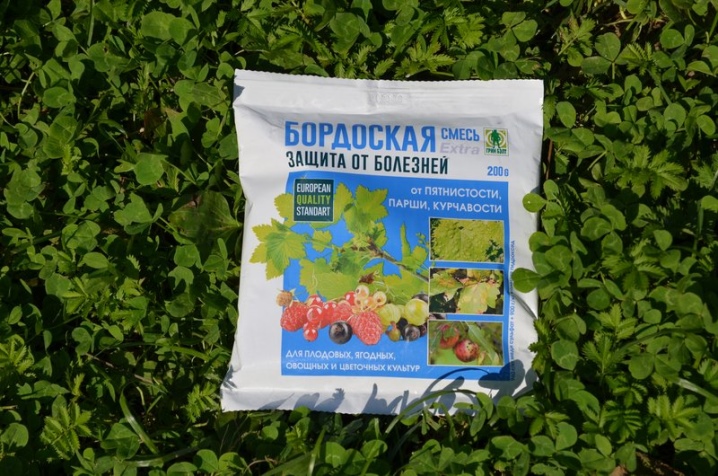
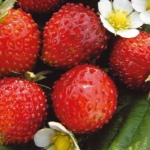


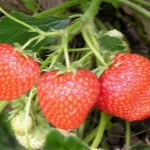
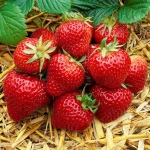
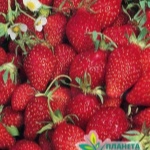
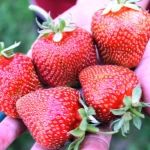
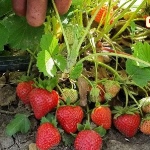
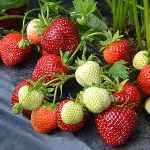
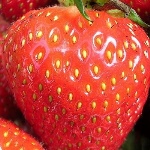


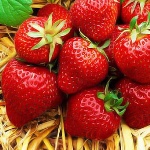
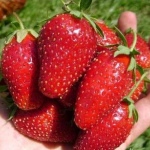
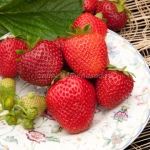

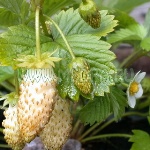
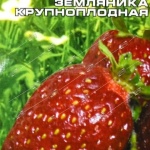

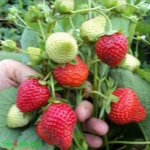
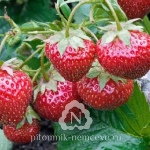

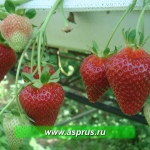
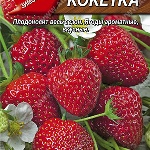


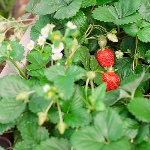


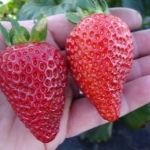


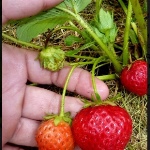

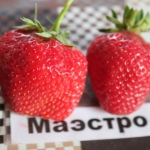

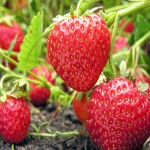


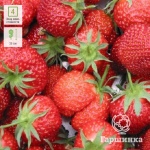
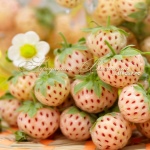
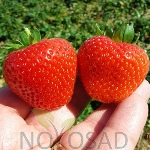


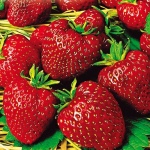
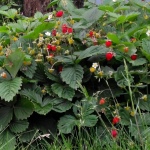


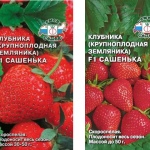
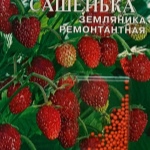
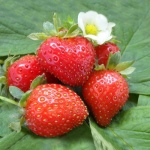

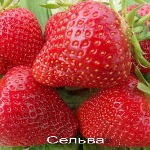
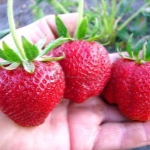

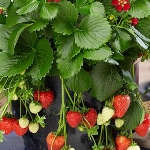

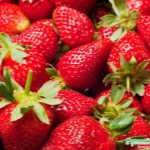

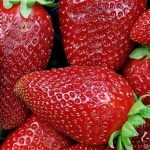

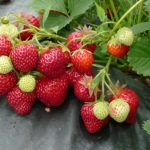



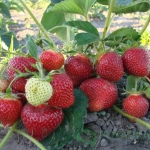
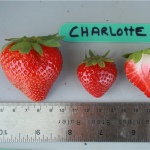

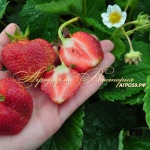
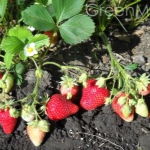
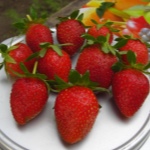













The comment was sent successfully.